Source: http://www.insurancejournal.com/news/southeast/2009/02/02/97488.htm
February 2, 2009
In some parts of rural Kentucky, they're getting water the old-fashioned way -- with pails from a creek. There's not room for one more sleeping bag on the shelter floor. The creative are flushing their toilets with melted snow.
At least 42 people have died, including in Kentucky five from the storm and six others suspected to be storm-related, and conditions are worsening in many places days after an ice storm knocked out power to 1.3 million customers from the Plains to the East Coast. About a million people were still without electricity Friday, and with no hope that the lights will come back on soon, small communities are frantically struggling to help their residents.
One county put it bluntly: It can't.
"We're asking people to pack a suitcase and head south and find a motel if they have the means, because we can't service everybody in our shelter,'' said Crittenden County Judge-Executive Fred Brown, who oversees about 9,000 people, many of whom are sleeping in the town's elementary school.
Local officials were growing angry with what they said was a lack of help from the state and the Federal Emergency Management Agency. In Grayson County, about 80 miles southwest of Louisville, Emergency Management Director Randell Smith said the 25 National Guardsmen who have responded have no chain saws to clear fallen trees.
"We've got people out in some areas we haven't even visited yet,'' Smith said. "We don't even know that they're alive.''
Smith said FEMA has been a no-show so far.
"I'm not saying we can't handle it; we'll handle it,'' Smith said. "But it would have made life a lot easier'' if FEMA had reached the county sooner, he said.
FEMA spokeswoman Mary Hudak said some FEMA personnel already are in Kentucky working in the state's emergency operations center and that more will be arriving in coming days. Hudak said FEMA also has shipped to 50 to 100 generators to the state to supply electricity to facilities like hospitals, nursing homes, and water treatment plants.
Hudak said travel is still dangerous in some areas and communications are limited.
"We have plenty of folks ready to go, but there are some limitations with roads closed and icy conditions,'' she said.
From Missouri to Ohio, thousands were bunked down in shelters, waiting for the power to return. Others are trying to tough out the power outage at home, using any means they can to get basics like drinking water, heat and food.
Lori Clarke was stuck at home in the western Kentucky town of Marion with trees blocking the road out. She trudged more than half a mile through snow and ice carrying 5-gallon buckets to bring drinking water for her horses and dogs and to flush her toilet.
"When you live out in the country, you just shift into survival mode,'' she said.
Even for those who wanted to leave, it wasn't possible. The one gas station in Marion that was up and running was able to supply gasoline to emergency vehicles only until another delivery of gasoline arrived Friday. Only half of that gas was made available to the public, and there was a $10 limit.
Linda Young, who is staying the town's shelter, said her car only had enough gas in it to get around Marion. Even if she had gas, there was nowhere to go -- all of her relatives in other parts of Kentucky also were hit by the ice storm.
"For right now, this is the best we can do, so this is where we're at,'' said Young, as she sat on a mattress with her 9-year-old son and 11-year-old daughter.
By midafternoon water service had been restored to the city of Marion thanks to a generator, while efforts continued to restore service to the outlying county, Police Chief Ray O'Neal said. Residents were being told to boil the water before drinking it.
Meanwhile, the death toll was rising: Since the storm began Monday, the weather is suspected in at least 11 deaths in Kentucky, nine more in Arkansas, six each in Texas and Missouri, three in Virginia, two each in Oklahoma, Indiana and West Virginia and one in Ohio, with most of them blamed on hypothermia, traffic accidents and carbon monoxide poisoning from generators.
Among the latest deaths reported were those of William Matthews, in his 60s; his wife, Beverly Matthews, in her 50s; and their daughter, Mona Matthews, in her 40s, according to Matthews' sister, Marilyn Payton. The three were found in a southwestern Louisville home Friday. The younger woman was found in bed; the other two were found in the garage, along with a generator, police spokesman Phil Russell said.
The fight to return power to Kentucky and other areas affected by the ice storm is difficult because of the sheer number of outages, but also because of the ice itself. Crews have joined the effort from around the country, but more than a half-million homes and businesses were still out in Kentucky on Friday, along with roughly 78,000 in Missouri and 284,000 in Arkansas. Thousands more were still in the dark in Ohio, Tennessee and West Virginia.
"As ice is melting, power lines and tree limbs are springing upward and hitting other power lines,'' said Rita Alexander, spokeswoman for Gibson Electric Membership Corp. in Tennessee. "It is just an unpleasant part of the process.''
While generators were able to bring some water pumping stations back to life Friday, thousands still didn't have access to running water, and thousands more were under boil advisories. Roughly 200,000 people across Kentucky are either without water or under a boil-water advisory, Gov. Steve Beshear said.
"By the end of this weekend, we hope to have generators at a majority of the water plants. In the meantime, we are trucking bottled water into every place we know that needs it, so no one should be without drinking water over the weekend, Beshear said.
Eighty-six of Kentucky's 120 counties have declared emergencies, as have 59 cities, Beshear said. Across the state, 172 shelters were in place, serving about 6,400 people.
So far, the federal government has sent Kentucky about 117,000 meals, 200,000 liters of water, some communications equipment and 150 generators, said Kim Kadesch, FEMA's federal coordinating officer handling Kentucky's disaster. Another 150 generators are en route to the state, an amount officials believe be "adequate generator coverage,'' Kadesch said.
While generators were able to bring some water pumping stations back to life Friday, thousands still didn't have access to running water, and thousands more were under boil advisories. Roughly 200,000 people across Kentucky still don't have water. In Hayti, Mo., alderwoman Lisa Green said a temporary generator was in use to run the water plant, and power was being moved around to pump wastewater through the sewage system, she said.
That wasn't enough. "Our water plant is up and running, but people are inundating it,'' Green said. The community has received some bottled water, she said, but needs more.
A precious few had enough supplies to tough it out alone. Stephen Cates said his home was being warmed by kerosene heaters and an electric furnace powered by a generator that he waited 41/2 hours in line to purchase in Evansville, Ind.
He was flushing his toilet with melted snow, and could even watch TV.
"I'm living just like I have electricity, just about, eating hot food,'' Cates said.
___
Contributing to this report were Associated Press writers Roger Alford in Leitchfield, Ky., Dylan T. Lovan, Rebecca Yonker, Brett Barrouquere and Janet Cappiello Blake in Louisville, Ky., Joe Biesk in Frankfort, Ky., Betsy Taylor in St. Louis and Randall Dickerson in Nashville, Tenn.
Wednesday, February 04, 2009
BLAME OBAMA! Kentucky Reeling from Ice Storm; Slow FEMA Response Hit By Bruce Schreiner
Posted by Joyce Kavitsky at 2/04/2009 04:53:00 PM
Subscribe to:
Post Comments (Atom)



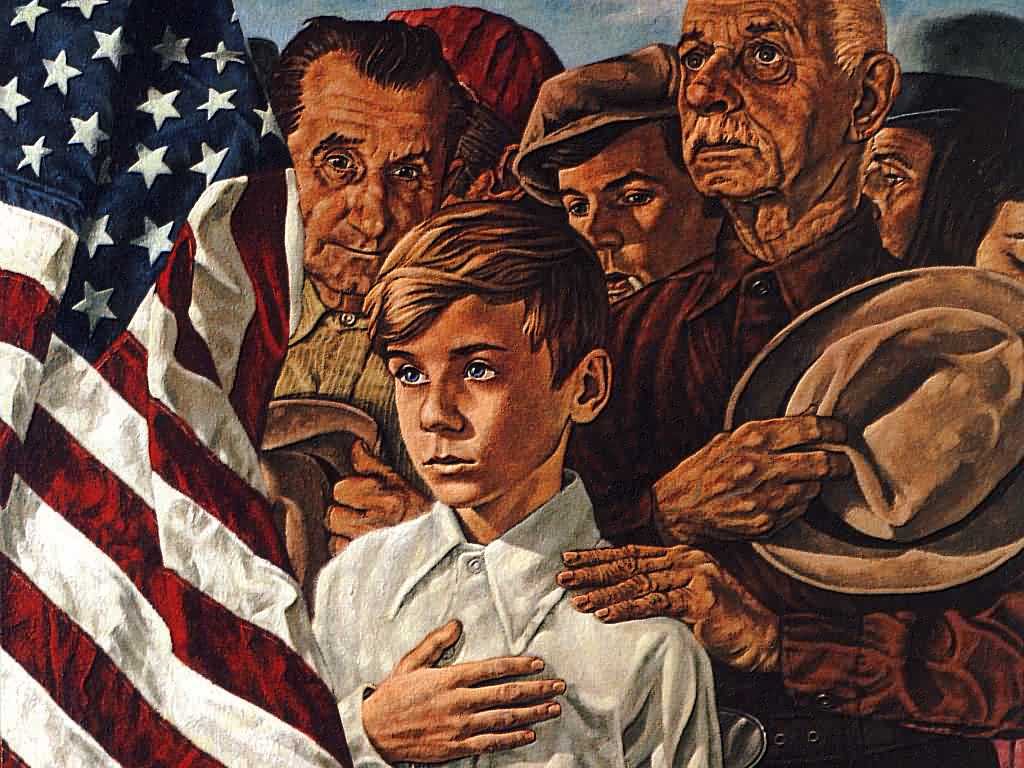

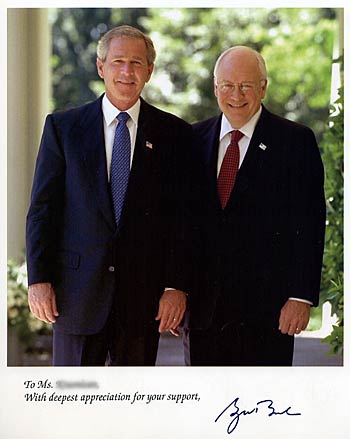

















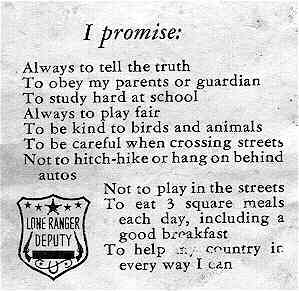
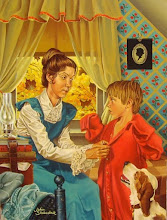







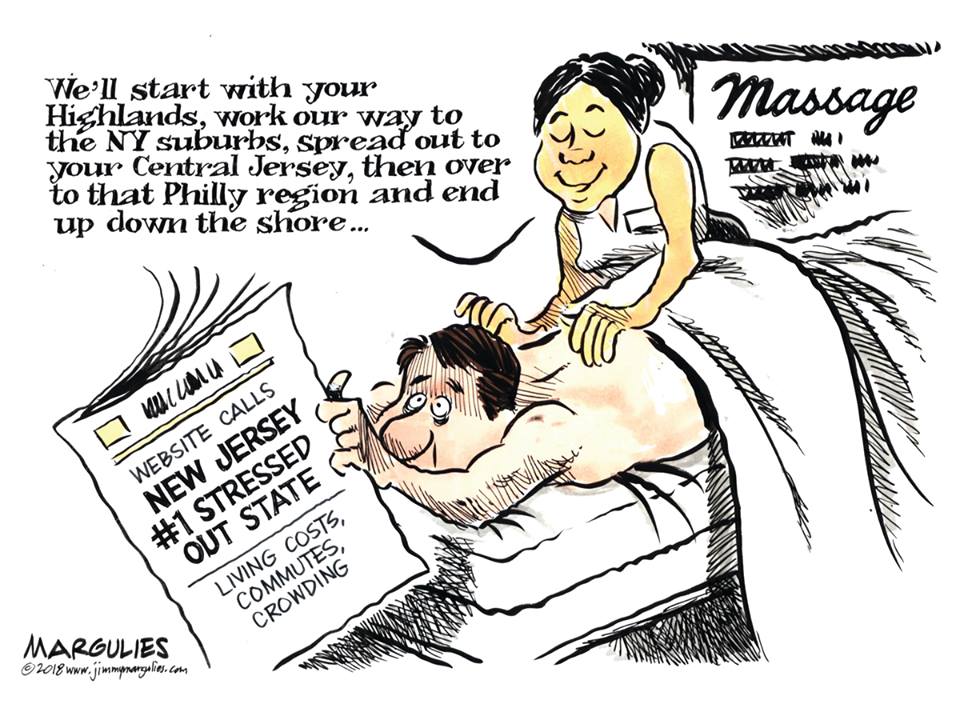
No comments:
Post a Comment